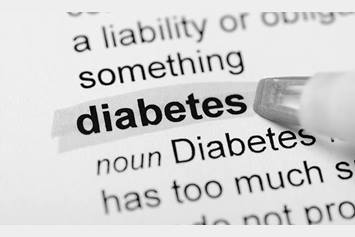Pancreatitis
When the pancreas becomes inflamed and painful, the condition is called pancreatitis.
What Is Pancreatitis?
Pancreatitis is an inflammation of the pancreas that can impact children at any age. Common causes can include:
- Hereditary conditions (passed on from parents)
- Gallstones
- Virus or infections
- Medicines
- Congenital malformations (a defect present at birth)
- Injury (trauma) to the abdomen
In one out of four childhood cases, a cause is never found.
What Are the Symptoms of Pancreatitis?
Children may have acute, acute recurrent or chronic pancreatitis. All three types are serious. Their symptoms vary and treatment can range from pain management to surgery. Common symptoms include:
- Abdominal pain above the stomach (epigastric)
- Nausea
- Vomiting
- Fever
- Jaundice (skin and eyes appear yellow)
Acute pancreatitis is characterized by inflammation of the pancreas. It is often associated with pain in the upper abdomen and/or the back. Pain may develop slowly, be mild and be short lasting, or be sudden in onset, more severe and longer lasting. If a child has acute pancreatitis two or more times, it is known as acute recurrent pancreatitis.
Chronic pancreatitis is not related to length of time affected by pancreatitis but rather the changes to the structure of the pancreas or its ducts (tubing). This can be linked with diabetes or exocrine insufficiency. Exocrine insufficiency occurs when the pancreas doesn’t make enough enzymes to break down food. In children, chronic pancreatitis is less common than acute pancreatitis.
How Is Pancreatitis Diagnosed?
Pancreatitis is diagnosed with blood tests and imaging, such as an ultrasound, CT or MRI.
- Lab blood tests search for higher-than-normal levels of some of the proteins produced by the pancreas, such as “amylase” and “lipase.”
- An abdominal ultrasound (sonogram) or a CT scan (computed tomography) of the abdomen can help show the inflammation and swelling of the pancreas and surrounding tissues.
Once pancreatitis is diagnosed, other blood tests may be done to look for complications. Patients who had pancreatitis more than one time may have an MRI, additional blood tests and stool tests. This helps to find a cause and assess how well their pancreas is working.
How Is Pancreatitis Treated?
Most children recover within a few days, with no permanent damage to the pancreas. Treatment mainly includes intravenous (IV) fluids, nutrition and pain relief. Initially, an IV line is placed to give fluids and medications. Typically, food is reintroduced as soon as the child can tolerate it. In some cases, complications such as fluid collections or narrowing of the ducts (tubes) may occur. This requires an endoscopic intervention, called endoscopic retrograde cholangiopancreatography (ERCP).
Surgery may be needed for acute recurrent or chronic pancreatitis with severe (debilitating) pain symptoms and structural damage. Possible surgical procedures include:
- Removal of a portion of the pancreas (resection),
- Drainage operation (to improve the drainage of the duct system) or
- Total pancreatectomy with islet autotransplantation (TPIAT)
When Should My Child See a Doctor?
The underlying causes of pancreatitis and care can differ between children and adults. That’s why children with pancreatitis should be treated by pediatric experts. The team at Nationwide Children’s Hospital includes gastroenterologists, surgeons, nurse practitioners, nurses, dietitians, social workers, specialists in treating pain, psychologists and other medical professionals with advanced expertise in pancreatitis and related conditions. Children with more complications should be seen at a National Pancreas Foundation Center of Excellence like the Pancreas and Liver Care Center at Nationwide Children’s. These complications include:
- Two or more episodes of acute pancreatitis
- Concerns for chronic pancreatitis
- Unexplained exocrine insufficiency



